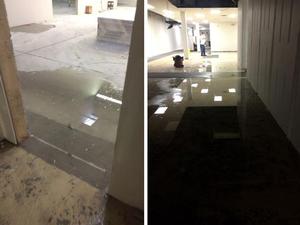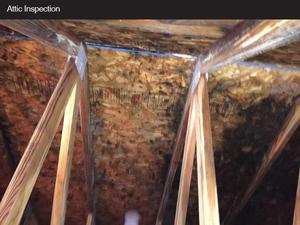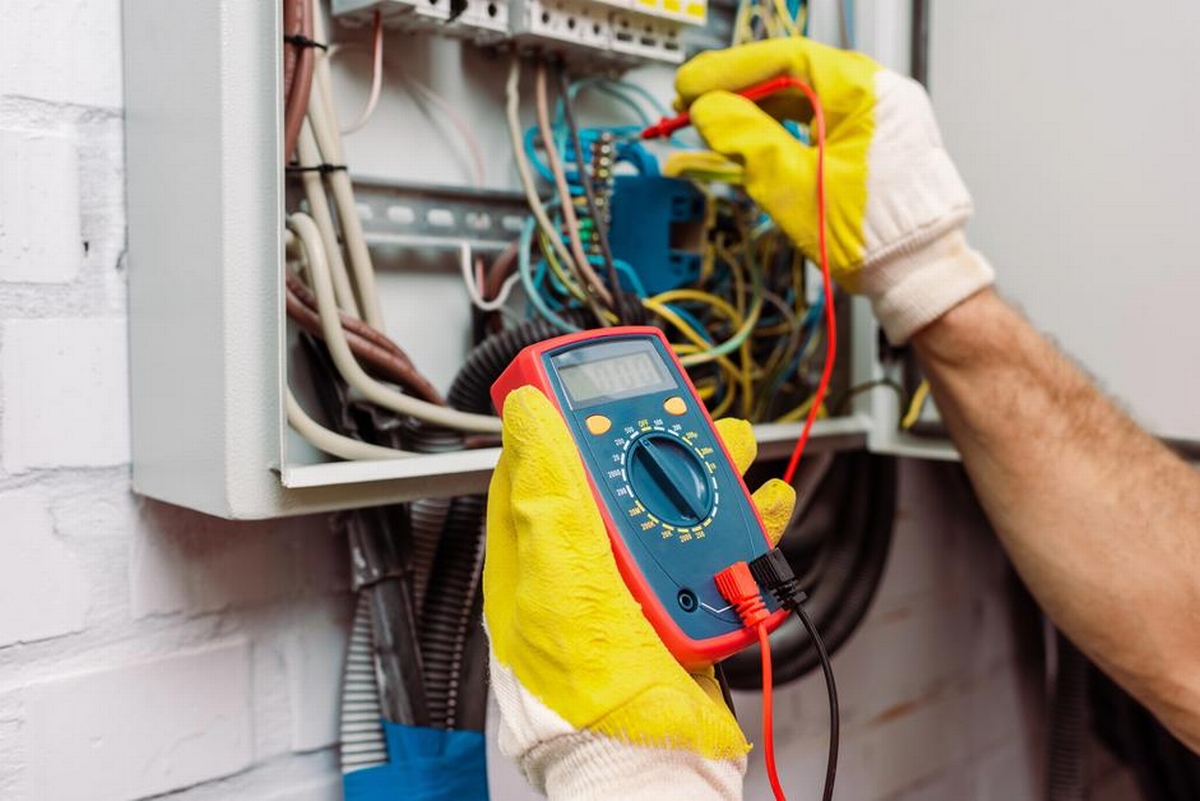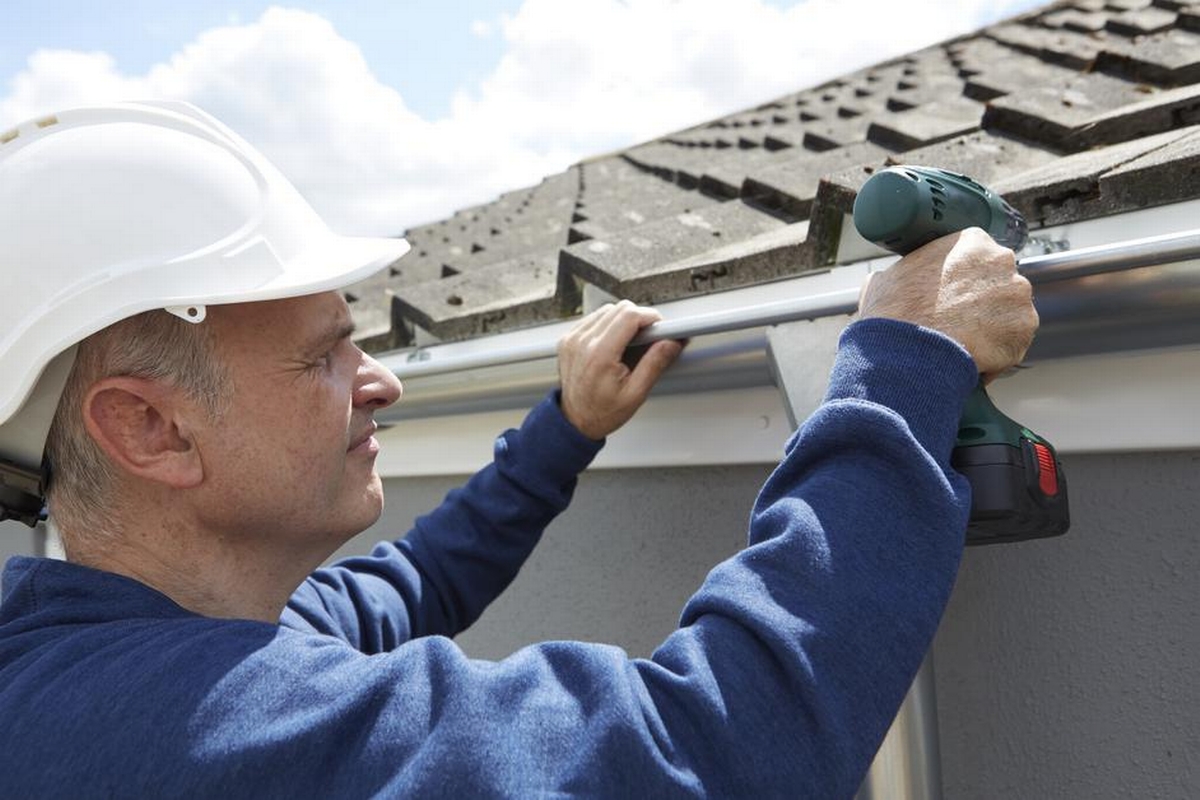Steps To Decrease Costly Water Damage Restoration

Water damage restoration in Troy can get pretty expensive depending on the type of water (clean or black), the amount of water, and how long it has been present. No matter how extensive the water damage is, it is always inconvenient and a burden physically, emotionally, and financially. While there are some types of water damage that cannot be prevented (i.e., flash flooding), there are things that can be done to safeguard your home from potential water damage. When proper maintenance and precautions are taken, it could decrease the risk of water damage and mitigate restoration costs.
Water Damage Restoration In Troy
Check Your Roof & Rain Gutters
Let's talk about preventative steps for weather-related water damage first. Because rooftops are constantly exposed to the elements, over time they begin to deteriorate. In order to detect roof cracks or leaks before they let water into the home, regular and routine inspections of the roof should be performed, especially following severe weather. Water drains from the roof off of the house through rain gutters. Rain gutters keep water from pooling and collecting, and then channel that water away from the foundation of the home. If gutters become clogged or blocked, flooding can occur. Rain gutters should be cleaned in the spring and again in the fall, and any time following severe weather. Along with routinely checking the roof and rain gutters, the seals around windows and doors should also be inspected regularly. Caulk is used to create a water barrier around doors and windows and can begin to pull away over time. Be sure to apply caulking in areas where it has been damaged or where water is more prone to seep through. Caulk can also be used inside the home to help prevent water leaking around bathtubs, faucets, and drains.
Check Your Pipes
Speaking of water damage inside the home, leaky or broken pipes and malfunctioning appliances are the leading causes. To help prevent indoor water damage, pipes in the home should be inspected at least once a year. Pipes corrode and rust over time and without proper maintenance, can cause some serious water problems. Check the integrity of pipes and fix or replace any damaged or leaky spots immediately. During winter months (or for those who live somewhere cold), prevent pipes from freezing by insulating pipes, keeping a steady drip of water, and keeping cupboard doors open to expose pipes to heat. Frozen pipes can spring leaks because of pressure build-up. If freezing pipes become a common occurrence, an emergency pressure release valve can be installed to help release pressure. Regularly check water hoses that run to appliances like washing machines and dishwashers. If these hoses are not switched out every few years, they can weaken and begin to leak. Follow the manufacturer's guidelines and recommendations for proper care and maintenance of appliances to keep them functioning correctly.
It may seem like a lot to check up on and keep track of, but the time it takes to perform maintenance and take precautions is much less than the time it takes to restore your home after water damage. Repairing damaged pipes, gutters, rooftops, or any other compromised equipment or machinery will cost less than water damage restoration.
By following these preventative steps you can greatly reduce the risk of water damage. Keep in mind that even after following all these precautions, water damage is not always preventable, so if you find yourself in need of water damage restoration, the team at On-Site Specialty Cleaning + Restoration is here for you.



